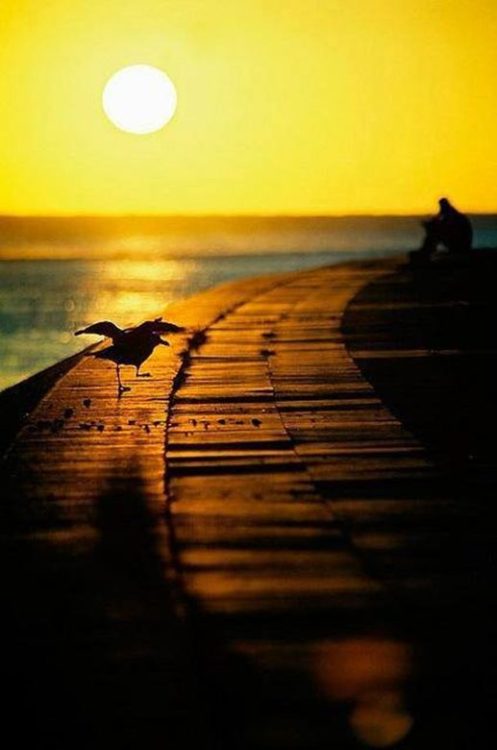Sabah is one of the 13 member states of Malaysia, and is its easternmost state. It is located on the northern portion of the island of Borneo. It is the second largest state in the country after Sarawak, which it borders on its southwest. It also shares a border with the province of North Kalimantan of Indonesia in the south. The capital of Sabah is Kota Kinabalu, formerly known as Jesselton. Sabah is often referred to as "The Land Below The Wind", a phrase used by seafarers in the past to describe lands south of the typhoon belt.The origin of the name Sabah is uncertain, and there are many theories that have arisen. One theory is that during the time it was part of the Bruneian Sultanate, it was referred to as Saba because of the presence of pisang saba, a type of banana, found on the coasts of the region. Due to the location of Sabah in relation to Brunei, it has been suggested that Sabah was a Bruneian Malay word meaning upstream or the northern side of the river.Another theory suggests that it came from the Malay word sabak which means a place where palm sugar is extracted. Sabah is also an Arabic word which means sunrise. The presence of multiple theories makes it difficult to pinpoint the true origin of the name.It has been said that Sabah was once referred to as Seludang in a 1365 Javanese text known as Nagarakretagama written by Mpu Prapanca.The western part of Sabah is generally mountainous, containing the three highest mountains in Malaysia. The most prominent range is the Crocker Range which houses several mountains of varying height from about 1,000 metres to 4,000 metres. At the height of 4,095 metres, Mount Kinabalu is the highest mountain in Malay Archipelago and the 10th highest mountain in political Southeast Asia. The jungles of Sabah are classified as tropical rainforests and host a diverse array of plant and animal species. Kinabalu National Park was inscribed as a World Heritage Site in 2000 because of its richness in plant diversity combined with its unique geological, topographical, and climatic conditions.Lying nearby Mount Kinabalu is Mount Tambuyukon. With a height of 2,579 metres, it is the third highest peak in the country. Adjacent to the Crocker Range is the Trus Madi Range which houses the second highest peak in the country, Mount Trus Madi, with a height of 2,642 metres. There are lower ranges of hills extending towards the western coasts, southern plains, and the interior or central part of Sabah. These mountains and hills are traversed by an extensive network of river valleys and are in most cases covered with dense rainforest.The central and eastern portion of Sabah are generally lower mountain ranges and plains with occasional hills. Kinabatangan River begins from the western ranges and snakes its way through the central region towards the east coast out into the Sulu Sea. It is the second longest river in Malaysia after Rajang River at a length of 560 kilometres. The forests surrounding the river valley also contains an array of wildlife habitats, and is the largest forest-covered floodplain in Malaysia.Earliest human migration and settlement into the region is believed to have dated back about 20,000–30,000 years ago. These early humans are believed to be Australoid or Negrito people. The next wave of human migration, believed to be Austronesian Mongoloids, occurred around 3000 BC.During the 7th century CE, a settled community known as Vijayapura, a tributary to the Srivijaya empire, was thought to have been the earliest beneficiary to the Bruneian Empire existing around the northeast coast of Borneo.Another kingdom which suspected to have existed beginning the 9th century was P'o-ni. It was believed that Po-ni existed at the mouth of Brunei River and was the predecessor to the Sultanate of Brunei.The Sultanate of Brunei began after the ruler of Brunei embraced Islam. During the reign of the fifth sultan known as Bolkiah between 1473–1524, the Sultanate's thalassocracy extended over Sabah, Sulu Archipelago and Manila in the north, and Sarawak until Banjarmasin in the south.In 1658, the Sultan of Brunei ceded the northern and eastern portion of Borneo to the Sultan of Sulu in compensation for the latter's help in settling a civil war in the Brunei Sultanate, but many sources stated that the Brunei did not ceded any parts of Sabah to the Sultanate of Sulu.
Picture:Link:
Wikipedia:Link:

0 comments:
Post a Comment